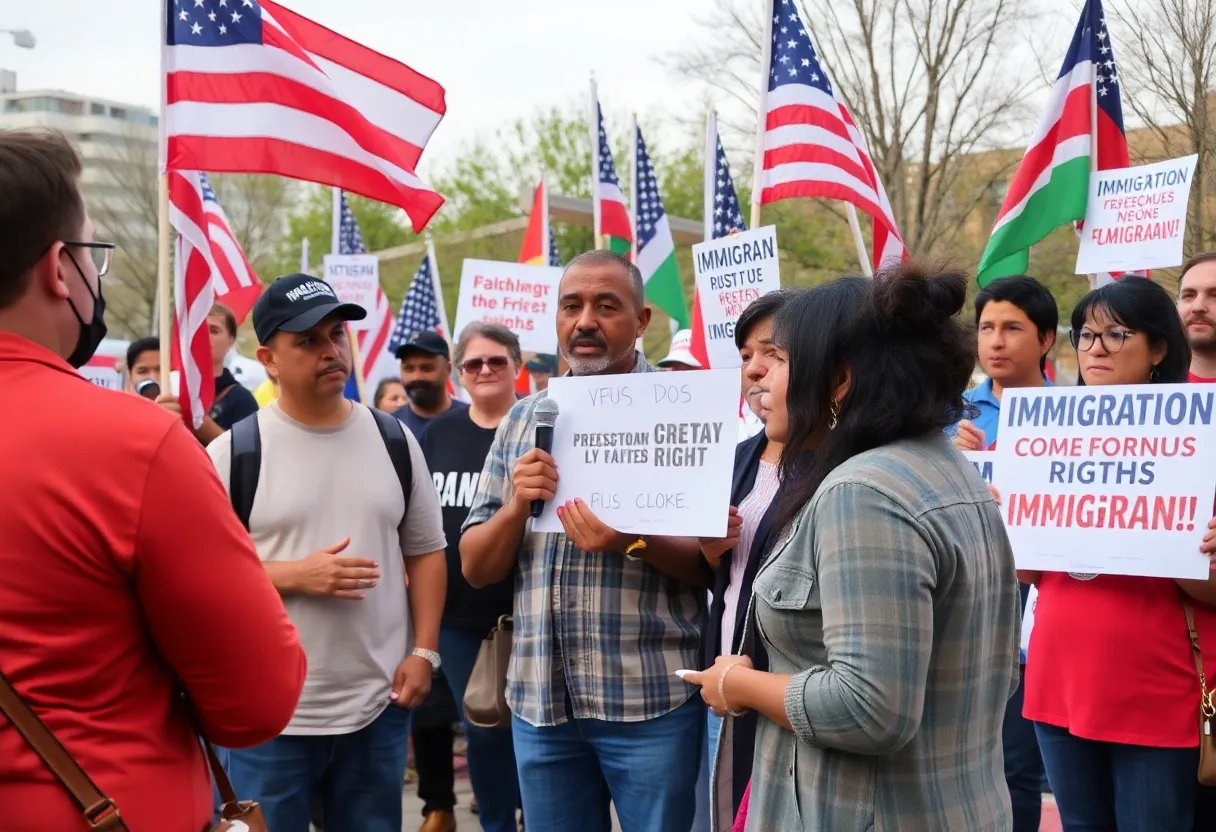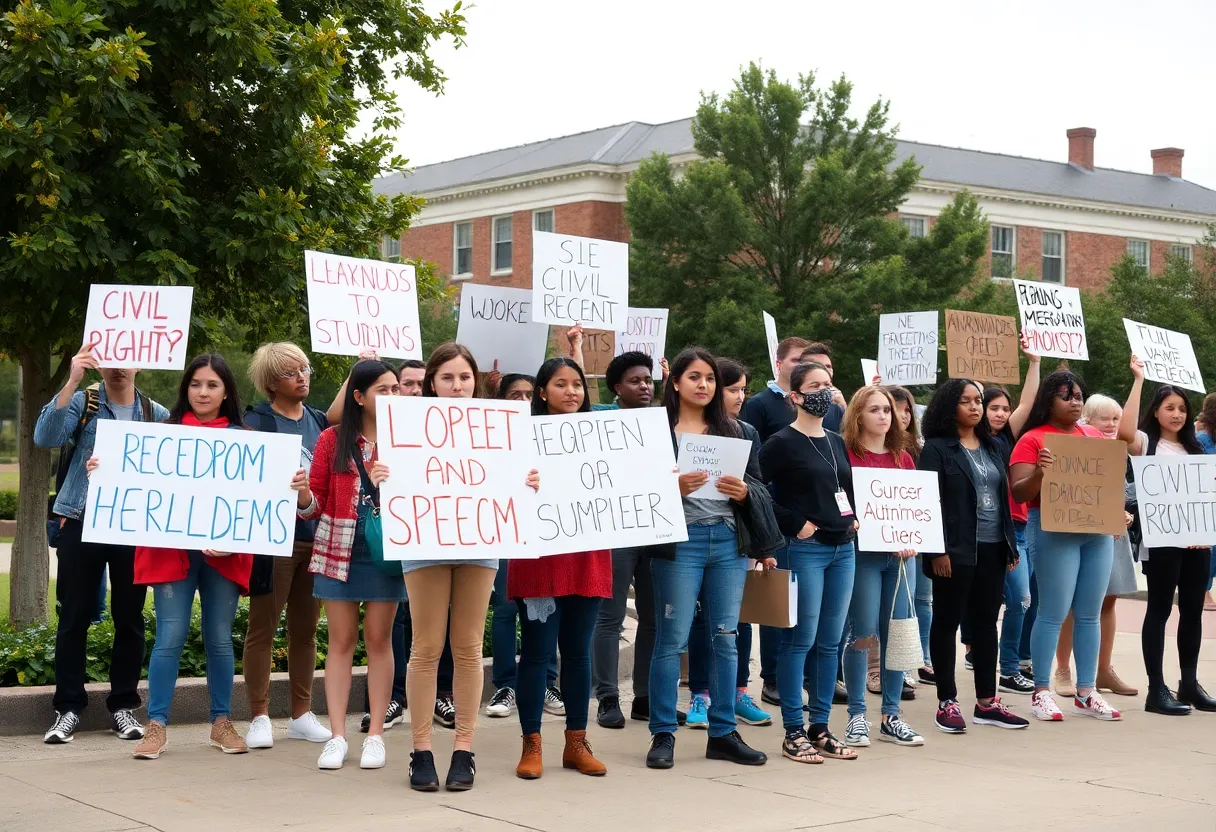News Summary
Kansas City’s transit services face a funding crisis as the city council approves $46.7 million to support public transit for six months. With the reinstatement of bus fares and a new fare structure coming soon, KCATA aims to improve financial stability while implementing a ‘functionally free’ fare model for low-income riders. Despite these changes, service hours and trip frequencies will be reduced, creating challenges amid the financial pressure on the transit system.
Kansas City Takes Action Amid Transit Funding Crisis
Kansas City is in the news again, but this time for a big change in its transit services. After being the first major city in the U.S. to implement universal free bus service back in 2020, all eyes are on the Kansas City Council as they recently voted on a crucial ordinance to handle the financial crisis affecting public transit.
Unanimous Vote for Temporary Funding
On April 3, the Kansas City Council approved Ordinance 250247, decisively allocating $46.7 million to support the Kansas City Area Transportation Authority (KCATA) for the next six months. This funding was a unanimous decision to keep the city’s transit services afloat amid increasing financial pressures. However, this funding comes with conditions: KCATA must look into ways to generate its own revenue, which includes the possibility of reinstating bus fares and pursuing grants to maintain service levels.
New Fare Structure on the Horizon
Transit users in Kansas City will soon see some major shifts in the way they pay for bus rides. KCATA has announced that they will be bringing back a $2 fare per trip within 60 to 90 days. With reinstated fare boxes and a new electronic payment system on the way, the transit authority is investing around $3 million to make this transition smooth and efficient. Grants are expected to cover these costs, easing the burden on local taxpayers.
Even with the return of bus fares, there’s good news for many riders. KCATA plans to introduce a new and exciting “functionally free” fare model that will exempt passengers from low-income backgrounds, veterans, students, and those receiving social services. This means eligible residents can still access no-cost rides using tools like the “fountain card” city ID.
Changes to Service Hours and Frequency
While this move buys the transit authorities some time, it does come at a cost to transit service hours and frequency. Buses will now operate from 5 a.m. to 11 p.m., a limitation compared to the previous hours of 3:30 a.m. to 1 a.m. Certain routes like the Main Max, Troost Max, Prospect Max, and #24 will maintain a frequency of every 15-20 minutes during peak hours but will decrease to every 30 minutes during off-peak times. Other routes will be scaled back to operate just once every hour.
Fortunately, a significant compromise was reached in that the approved ordinance will prevent cuts to 13 of the city’s 29 routes and safeguard the jobs of over 170 transit workers, even if the overall service frequency will see reductions.
Pressure from Transit Advocates
It’s important to note that the findings that led to this ordinance didn’t come easily. Throughout the process, transit advocates filled council chambers and submitted over 85 testimonies urging city leaders to maintain zero-fare services and opposed any severe cutbacks. Their advocacy highlighted just how crucial public transit is for many Kansas City residents.
Mayor Quinton Lucas has also pointed out some governance issues within KCATA, stressing that the agency must develop a viable long-term funding strategy. The current situation was described as a consequence of long-standing budget shortfalls and management challenges at KCATA.
Looking Towards the Future
The council will keep an eye on how this funding is being used through regular audits and bi-monthly reports from KCATA. The funding request does not stop here; additional requirements include seeking $6.8 million from the state of Missouri, $2.5 million from Kansas, and $11 million from federal resources.
One more thing on the table is the future of IRIS, Kansas City’s rideshare service. As KCATA evaluates all options for potential cost savings, IRIS’s fate remains uncertain. The ordinance mandates KCATA to not only improve its financial standing but also to seek partnerships in the region for a sustainable future.
While the city takes this important step to keep its buses on the road and operational, residents are being urged to stay tuned. A comprehensive strategy is necessary for the long-term viability of public transit in Kansas City, and everyone will be watching closely in the coming months.
Deeper Dive: News & Info About This Topic
HERE Resources
Kansas City Supports Sun Fresh Grocery Store’s Future
Missouri Students Secure Temporary Protection from Deportation
Kansas City Public Library Launches Big Read Event
Kansas City Job Cuts as Broadridge Financial Solutions Lays Off Workers
Fiserv Announces New Fintech Hub in Overland Park
Kansas City Voters Approve $474 Million School Bond
Kansas City Principal Transitions to NFL Umpire
Spring Gardening Blooms in Kansas City!
Kansas City Developer Drama: $18 Million Fraud Verdict
Kansas City Launches New Healthcare Delivery Building
Additional Resources
- KCTV5: Kansas City Approves $46 Million to Keep Public Transportation Running
- Wikipedia: Public Transport in the United States
- Fox4KC: KCATA Announces Layoffs, Bus Route Cuts Due to Funding Shortage
- Google Search: Kansas City Transit Funding News
- KSHB: Budget Cuts Could Eliminate 13 Bus Routes
- Encyclopedia Britannica: Bus
- Fox4KC: Fares Coming Back for KC Bus Riders
- Google News: KCATA Funding Cuts
- KSHB: Kansas City Approves $46.7 Million for Bus Services







